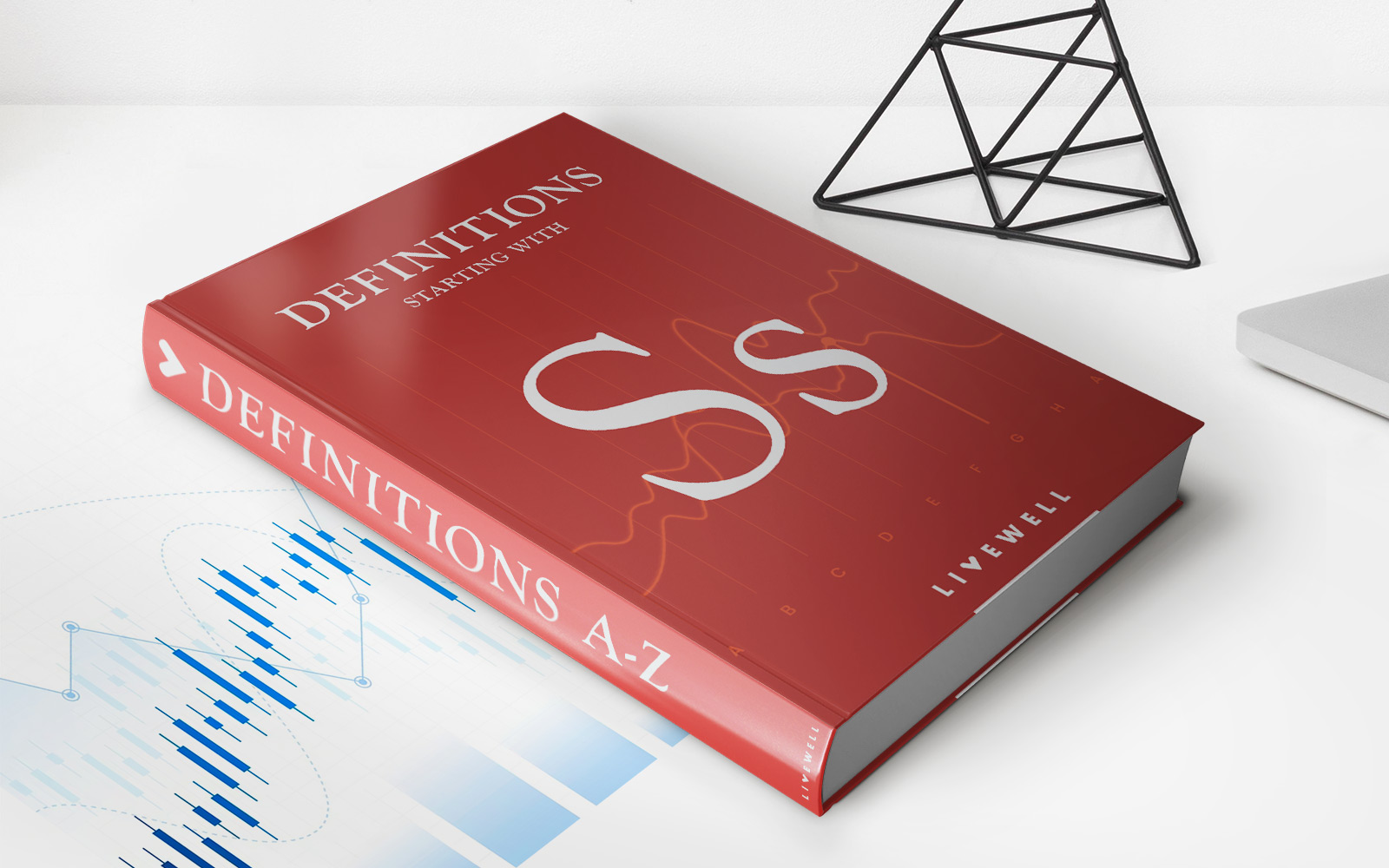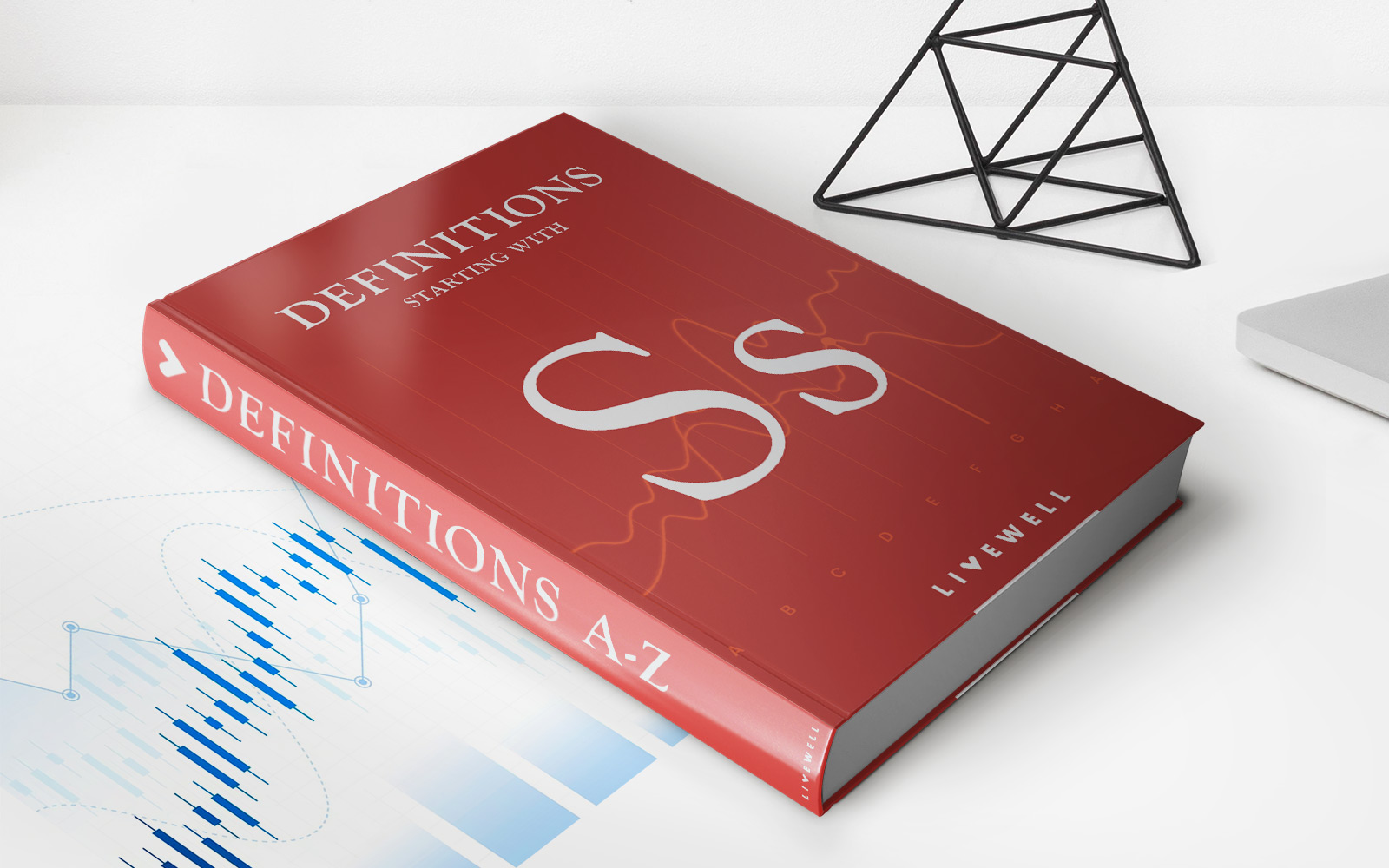Home>Finance>Descriptive Statistics: Definition, Overview, Types, Example


Finance
Descriptive Statistics: Definition, Overview, Types, Example
Published: November 11, 2023
Learn about descriptive statistics in finance, including its definition, overview, types, and real-life examples. Enhance your understanding of financial analysis with this comprehensive guide.
(Many of the links in this article redirect to a specific reviewed product. Your purchase of these products through affiliate links helps to generate commission for LiveWell, at no extra cost. Learn more)
Descriptive Statistics: Definition, Overview, Types, Example
Welcome to the Finance category on our blog! In this post, we will delve into the fascinating world of descriptive statistics. We’ll explore what they are, why they are important in the field of finance, the different types of descriptive statistics, and provide a practical example to help you understand their application. So, let’s dive in!
Key Takeaways:
- Descriptive statistics help us summarize, organize, and describe a set of data, providing valuable insights into various aspects of finance.
- Understanding the different types of descriptive statistics empowers finance professionals to draw meaningful conclusions and make informed decisions based on data analysis.
Descriptive statistics refer to the branch of statistics that focuses on summarizing and describing a given dataset without making inferences or generalizations about the larger population. In finance, descriptive statistics play a crucial role in revealing trends, patterns, and relationships, enabling professionals to make predictions, identify risks, and optimize financial strategies.
There are several types of descriptive statistics that serve different purposes:
- Measures of central tendency: These statistics provide insight into the center or average of a data set. Common measures include the mean, median, and mode.
- Measures of variability: These statistics help us understand the spread or dispersion of the data. Examples include the range, variance, and standard deviation.
- Measures of shape: These statistics describe the shape or distribution of the data. Skewness and kurtosis are commonly used measures in finance.
- Measures of relationship: These statistics explore the relationship between variables, offering insights into correlation or dependence. The correlation coefficient is a widely used measure in finance.
- Measures of position: These statistics determine the relative position of a particular data point within the dataset, such as percentiles or quartiles.
Let’s consider an example to illustrate the application of descriptive statistics in finance. Imagine you are analyzing the monthly returns of a stock portfolio over the past year. By calculating the mean return, standard deviation, and skewness, you can gain a comprehensive understanding of the portfolio’s performance. This information helps you evaluate risk, identify outliers, and make informed investment decisions.
In conclusion, descriptive statistics is a fundamental tool in the field of finance, enabling professionals to summarize and analyze data to gain valuable insights. By understanding the different types of descriptive statistics and their applications, individuals can make informed decisions, manage risks effectively, and optimize financial strategies. So, dive into the world of descriptive statistics, and unlock the power of data-driven finance!














